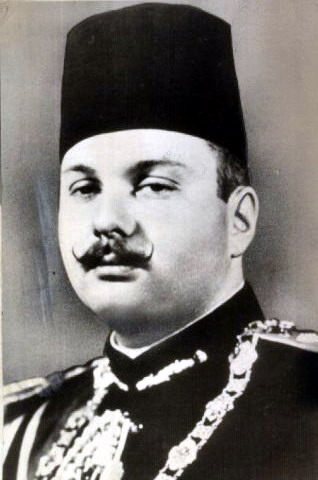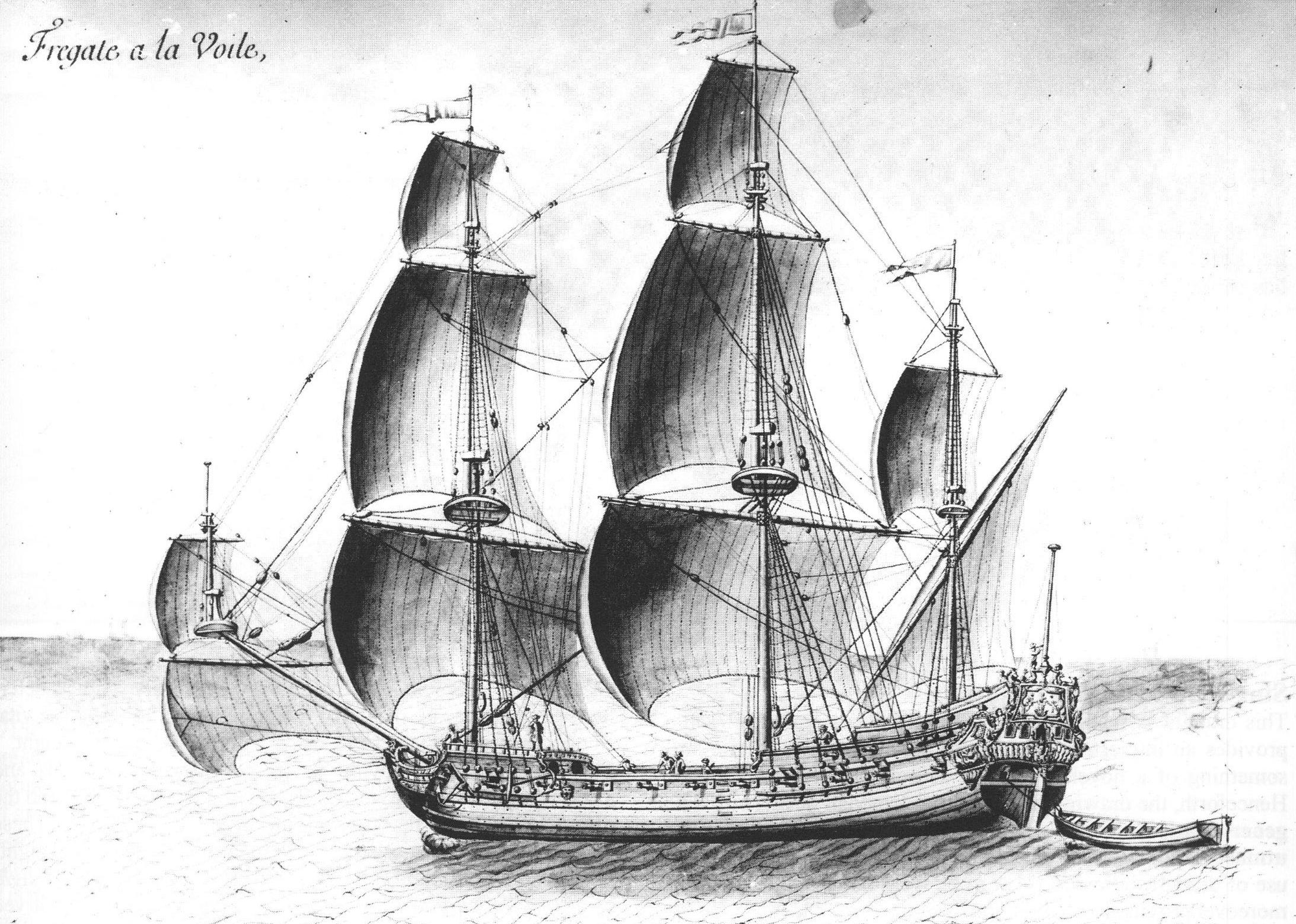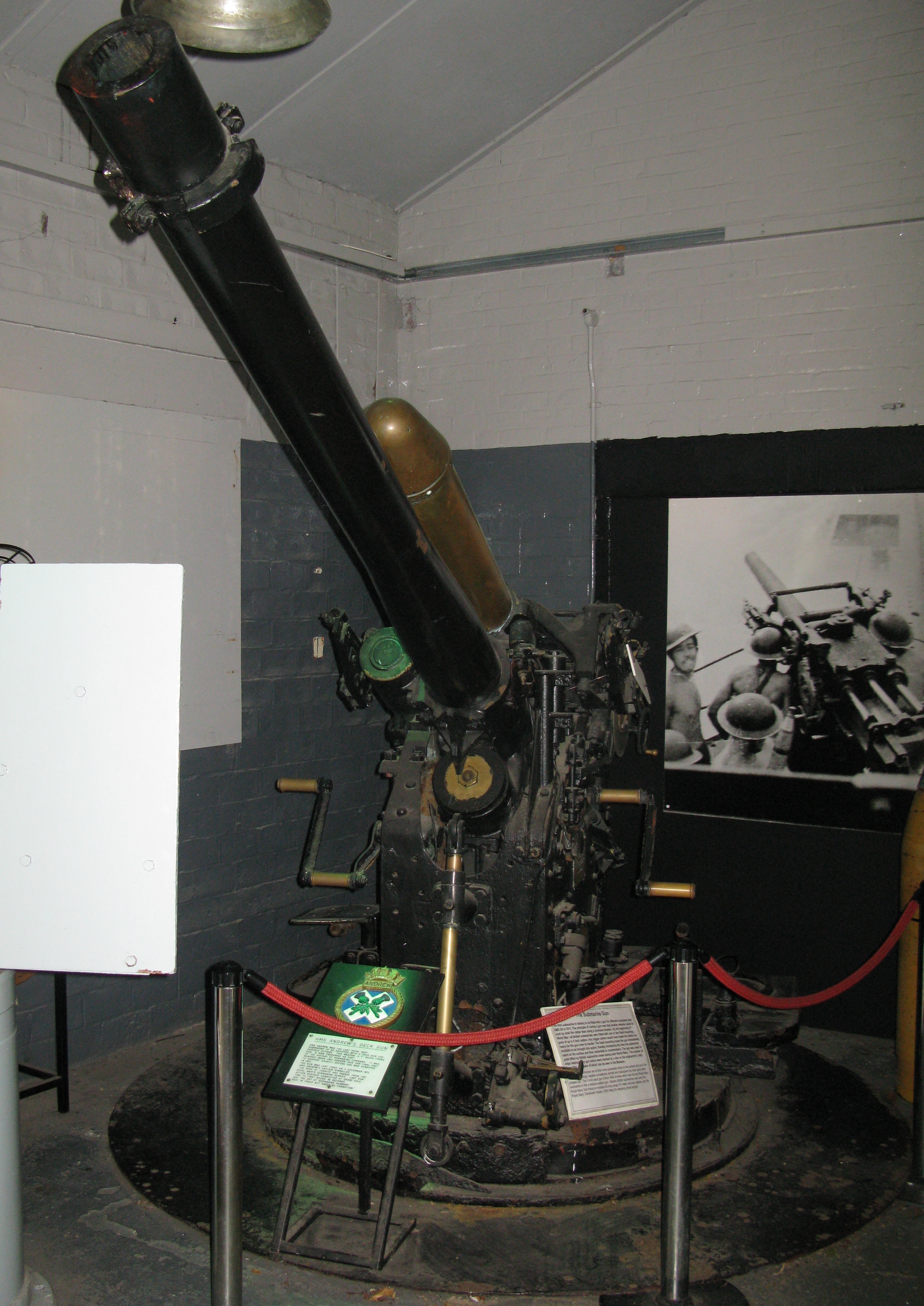|
Toby Frere
Vice Admiral Sir Richard Tobias Frere (born Frere-Reeves; 4 June 1938 – 5 March 2020) was a Royal Navy officer who ended his career as Chief of Fleet Support. Early life and education Frere was born in London, the son of publisher Alexander Stuart Frere-Reeves and Patricia Marion Caldecott Wallace. His mother was the daughter of writer Edgar Wallace. J. B. Priestley was his godfather. He was named after his great-grandfather Henry Tobias Frere, a first-class cricketer. When he was 1, his father legally dropped Reeves from their surname. He was educated at Eton College and the Royal Naval College, Dartmouth. Naval career Frere joined the Royal Naval Volunteer Reserve through National Service in 1955 and was commissioned into the Royal Navy in 1958.''Debrett's People of Today'' 1994 During the Cuban Missile Crisis in 1962, as a submariner based at Halifax, he was involved in setting up a barrier patrol with American air support off Newfoundland. He commanded th ... [...More Info...] [...Related Items...] OR: [Wikipedia] [Google] [Baidu] |
Marylebone
Marylebone (usually , also , ) is a district in the West End of London, in the City of Westminster. Oxford Street, Europe's busiest shopping street, forms its southern boundary. An ancient parish and latterly a metropolitan borough, it merged with the boroughs of Westminster and Paddington to form the new City of Westminster in 1965. Marylebone station lies two miles north-west of Charing Cross. History Marylebone was originally an Ancient Parish formed to serve the manors (landholdings) of Lileston (in the west, which gives its name to modern Lisson Grove) and Tyburn in the east. The parish is likely to have been in place since at least the twelfth century and will have used the boundaries of the pre-existing manors. The boundaries of the parish were consistent from the late twelfth century to the creation of the Metropolitan Borough which succeeded it. Etymology The parish took its name from its church, dedicated to St Mary; the original church was built on th ... [...More Info...] [...Related Items...] OR: [Wikipedia] [Google] [Baidu] |
Officer (armed Forces)
An officer is a person who holds a position of authority as a member of an armed force or uniformed service. Broadly speaking, "officer" means a commissioned officer, a non-commissioned officer, or a warrant officer. However, absent contextual qualification, the term typically refers only to a force's ''commissioned officers'', the more senior members who derive their authority from a commission from the head of state. Numbers The proportion of officers varies greatly. Commissioned officers typically make up between an eighth and a fifth of modern armed forces personnel. In 2013, officers were the senior 17% of the British armed forces, and the senior 13.7% of the French armed forces. In 2012, officers made up about 18% of the German armed forces, and about 17.2% of the United States armed forces. Historically, however, armed forces have generally had much lower proportions of officers. During the First World War, fewer than 5% of British soldiers were officers (part ... [...More Info...] [...Related Items...] OR: [Wikipedia] [Google] [Baidu] |
1938 Births
Events January * January 1 ** The new constitution of Estonia enters into force, which many consider to be the ending of the Era of Silence and the authoritarian regime. ** State-owned railway networks are created by merger, in France (SNCF) and the Netherlands (Nederlandse Spoorwegen – NS). * January 20 – King Farouk of Egypt marries Safinaz Zulficar, who becomes Queen Farida, in Cairo. * January 27 – The Honeymoon Bridge at Niagara Falls, New York, collapses as a result of an ice jam. February * February 4 ** Adolf Hitler abolishes the War Ministry and creates the Oberkommando der Wehrmacht (High Command of the Armed Forces), giving him direct control of the German military. In addition, he dismisses political and military leaders considered unsympathetic to his philosophy or policies. General Werner von Fritsch is forced to resign as Commander of Chief of the German Army following accusations of homosexuality, and replaced by General Walther von ... [...More Info...] [...Related Items...] OR: [Wikipedia] [Google] [Baidu] |
John Dunt
Vice Admiral Sir John Hugh Dunt (born 14 August 1944) is a former Royal Navy officer who ended his naval career as Chief of Fleet Support. Naval career Educated at Duke of York School in Nairobi, Dunt joined the Royal Navy as a cadet at the Britannia Royal Naval College in 1963.'' Who's Who 2010'', A & C Black, 2010, He was given command of the maintenance base HMS ''Defiance'' in 1989. He became Director of Defence Systems at the Ministry of Defence in 1991, Director General of Fleet Support (Operations & Plans) in 1993 and Deputy Chief of the Defence Staff (Systems) in 1995. He went on to be Chief of Fleet Support in 1997 before he retired in 2000. In retirement he became Chairman of the Armed Forces Memorial Trust, the body responsible for building and managing the Armed Forces Memorial in Staffordshire and chairman of the board of governors for The Royal Star and Garter Homes, a charity offering nursing and therapeutic care to ex-Service men and women. He lives in Liss ... [...More Info...] [...Related Items...] OR: [Wikipedia] [Google] [Baidu] |
Neville Purvis
Vice Admiral Sir Neville Purvis KCB (born 8 May 1936) is a former Royal Navy officer who ended his career as Chief of Fleet Support. Naval career Educated at Charterhouse School, Selwyn College, Cambridge, and the Royal Naval College, Dartmouth, Purvis joined the Royal Navy in 1953 and specialized as a submariner. Promoted to rear admiral, he was appointed Director-General, Future Material Projects in 1987 and Director-General, Naval Manpower and Training in 1988 and then, having been promoted to vice admiral, he served as Chief of Fleet Support from 1991 until his retirement in 1994. In retirement he became Director General of the British Standards Institution (BSI) and thereafter Chief Executive of the British Safety Council and, more recently, a Trustee of the Wellington Trust, a charity formed to preserve the sloop HMS ''Wellington''. [...More Info...] [...Related Items...] OR: [Wikipedia] [Google] [Baidu] |
Oundle School
Oundle School is a public school (English independent day and boarding school) for pupils 11–18 situated in the market town of Oundle in Northamptonshire, England. The school has been governed by the Worshipful Company of Grocers of the City of London since its foundation by Sir William Laxton in 1556. The school's alumni – known as Old Oundelians – include renowned entrepreneurs, scientists, politicians, military figures and sportspeople. Oundle has eight boys' houses, five girls' houses, a day house, a junior house and a junior day house. Together these accommodate more than 1100 pupils, generally between the ages of 11 and 18. It is the third-largest boarding school in England after Eton and Millfield. The current Headmistress is Sarah Kerr-Dineen, who in 2015 became the first woman to lead the school. The school is a member of the Headmasters' and Headmistresses' Conference. History The school was founded by Sir William Laxton and originally known as Laxton ... [...More Info...] [...Related Items...] OR: [Wikipedia] [Google] [Baidu] |
HMS Brazen (F91)
HMS ''Brazen'' was a Type 22 frigate of the Royal Navy. She was completed three months ahead of schedule due to the Falklands War. Royal Navy service ''Brazen'' served on the Armilla Patrol which became a task force during the Gulf War as part of Operation Granby. For this she received the battle honour "Kuwait 1991". On 24 January 1991, ''Brazen'' would screen the British Casualty Receiving ship when a pair of Iraqi Mirage F1 aircraft made a run for the vessel, armed with AM39 Exocet anti-ship missiles. The Iraqi aircraft were shot down by Saudi F-15C fighter aircraft before they could fire their anti-ship missiles. During the war, her Lynx helicopter attacked fast patrol boats. Following a patrol in the South Atlantic ''Brazen'' ran aground in the Patagonian Canal on 11 September 1994. The ship was refloated four days later and taken to Talcahuano for repairs, which lasted a month. She then returned to the UK under her own power for reinstatement of combat system equipme ... [...More Info...] [...Related Items...] OR: [Wikipedia] [Google] [Baidu] |
Frigate
A frigate () is a type of warship. In different eras, the roles and capabilities of ships classified as frigates have varied somewhat. The name frigate in the 17th to early 18th centuries was given to any full-rigged ship built for speed and maneuverability, intended to be used in scouting, escort and patrol roles. The term was applied loosely to ships varying greatly in design. In the second quarter of the 18th century, the 'true frigate' was developed in France. This type of vessel was characterised by possessing only one armed deck, with an unarmed deck below it used for berthing the crew. Late in the 19th century (British and French prototypes were constructed in 1858), armoured frigates were developed as powerful ironclad warships, the term frigate was used because of their single gun deck. Later developments in ironclad ships rendered the frigate designation obsolete and the term fell out of favour. During the Second World War the name 'frigate' was reintroduced to ... [...More Info...] [...Related Items...] OR: [Wikipedia] [Google] [Baidu] |
HMS Revenge (S27)
HMS ''Revenge'' (S27) was the fourth of the Royal Navy's ballistic missile submarines. Construction The four ''Resolution''-class submarines were ordered on 8 May 1963, with ''Revenge'', the fourth of the class, laid down at Cammell Laird's Birkenhead shipyard on 19 May 1965. Construction of the two submarines being built at Lairds (''Revenge'' and ) was much slower than planned, with poor performance by Cammell Laird and in particular its workers to blame. At one stage the Ministry of Defence considered towing the unfinished submarines to Barrow-in-Furness for completion by Vickers-Armstrongs. ''Revenge'' was launched on 15 March 1968. She was formally commissioned on 4 December 1969. Design ''Revenge'' was long overall and between perpendiculars, with a beam of and a draught of . Displacement was surfaced and submerged. A PWR1 pressurised water reactor, designed and built by Rolls-Royce fed steam to geared steam turbines, with the machinery rated at , giving a spe ... [...More Info...] [...Related Items...] OR: [Wikipedia] [Google] [Baidu] |
HMS Odin (S10)
HMS ''Odin'' was a British submarine operated by the Royal Navy. Design and construction The ''Oberon'' class was a direct follow on of the ''Porpoise''-class, with the same dimensions and external design, but updates to equipment and internal fittings, and a higher grade of steel used for fabrication of the pressure hull. As designed for British service, the ''Oberon''-class submarines were in length between perpendiculars and in length overall, with a beam of , and a draught of . Displacement was 1,610 tons standard, 2,030 tons full load when surfaced, and 2,410 tons full load when submerged. Propulsion machinery consisted of 2 Admiralty Standard Range 16 VMS diesel generators, and two electric motors, each driving a , 3-bladed propeller at up to 400 rpm. Top speed was when submerged, and on the surface. Eight diameter torpedo tubes were fitted (six facing forward, two aft), with a total payload of 24 torpedoes. The boats were fitted with Type 186 and Type 187 son ... [...More Info...] [...Related Items...] OR: [Wikipedia] [Google] [Baidu] |
HMS Andrew (P423)
HMS ''Andrew'' (P423/S23/S63), was an of the Royal Navy, built by Vickers Armstrong and launched on 6 April 1946. The submarine was fitted with a deck gun in 1964 for service during the Indonesia–Malaysia confrontation to counter blockade-running junks. The gun was fired for the last time in December 1974. She was sold off in 1977 and was broken up. ''Andrew'' was briefly the oldest ''Amphion''-class submarine to remain in service, was the last British submarine with a deck gun, was the last British World War II-designed submarine in service, and was the first submarine to use a " snort" to cross the Atlantic (in May 1953). Design Like all Amphion-class submarines, ''Andrew'' had a displacement of when at the surface and while submerged. It had a total length of , a beam of , and a draught of . The submarine was powered by two Admiralty ML eight-cylinder diesel engines generating a power of each. It also contained four electric motors each producing that drove two ... [...More Info...] [...Related Items...] OR: [Wikipedia] [Google] [Baidu] |
Newfoundland (island)
Newfoundland (, ; french: link=no, Terre-Neuve, ; ) is a large island off the east coast of the North American mainland and the most populous part of the Canadian province of Newfoundland and Labrador. It has 29 percent of the province's land area. The island is separated from the Labrador Peninsula by the Strait of Belle Isle and from Cape Breton Island by the Cabot Strait. It blocks the mouth of the Saint Lawrence River, creating the Gulf of Saint Lawrence, the world's largest estuary. Newfoundland's nearest neighbour is the French overseas collectivity of Saint Pierre and Miquelon. With an area of , Newfoundland is the world's 16th-largest island, Canada's fourth-largest island, and the largest Canadian island outside the North. The provincial capital, St. John's, is located on the southeastern coast of the island; Cape Spear, just south of the capital, is the easternmost point of North America, excluding Greenland. It is common to consider all directly neighb ... [...More Info...] [...Related Items...] OR: [Wikipedia] [Google] [Baidu] |






